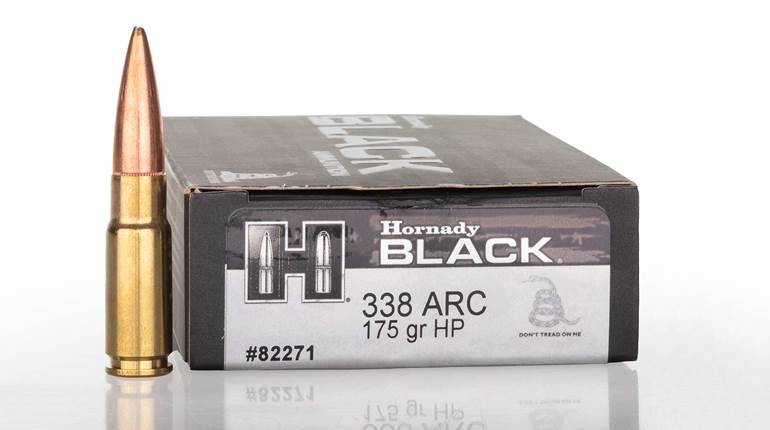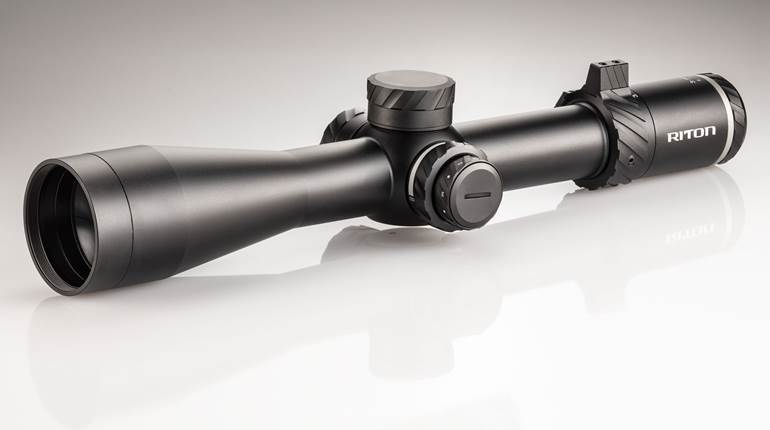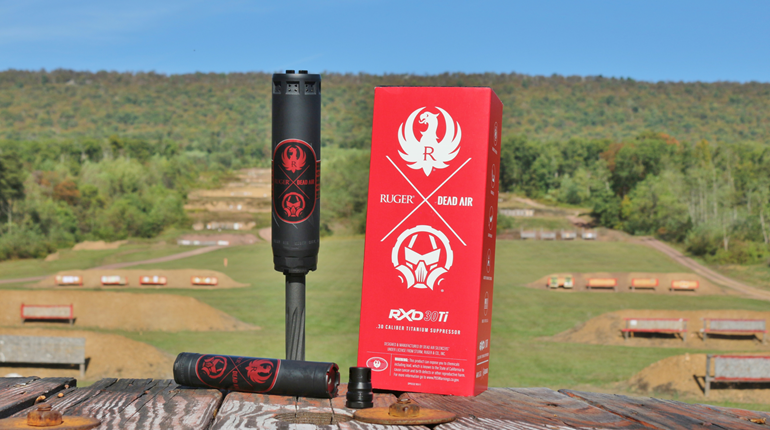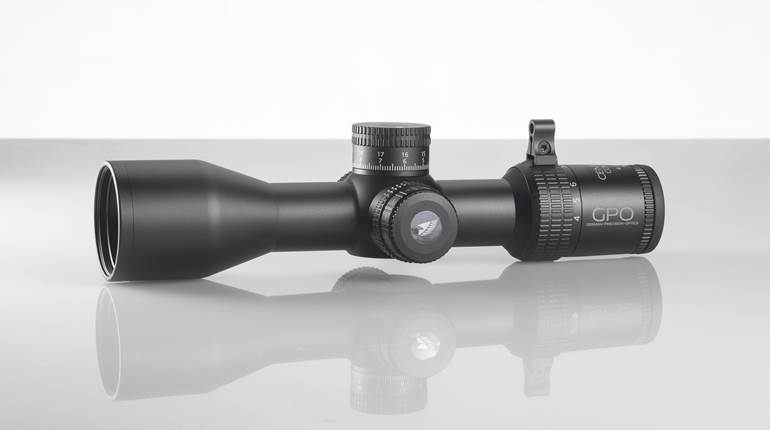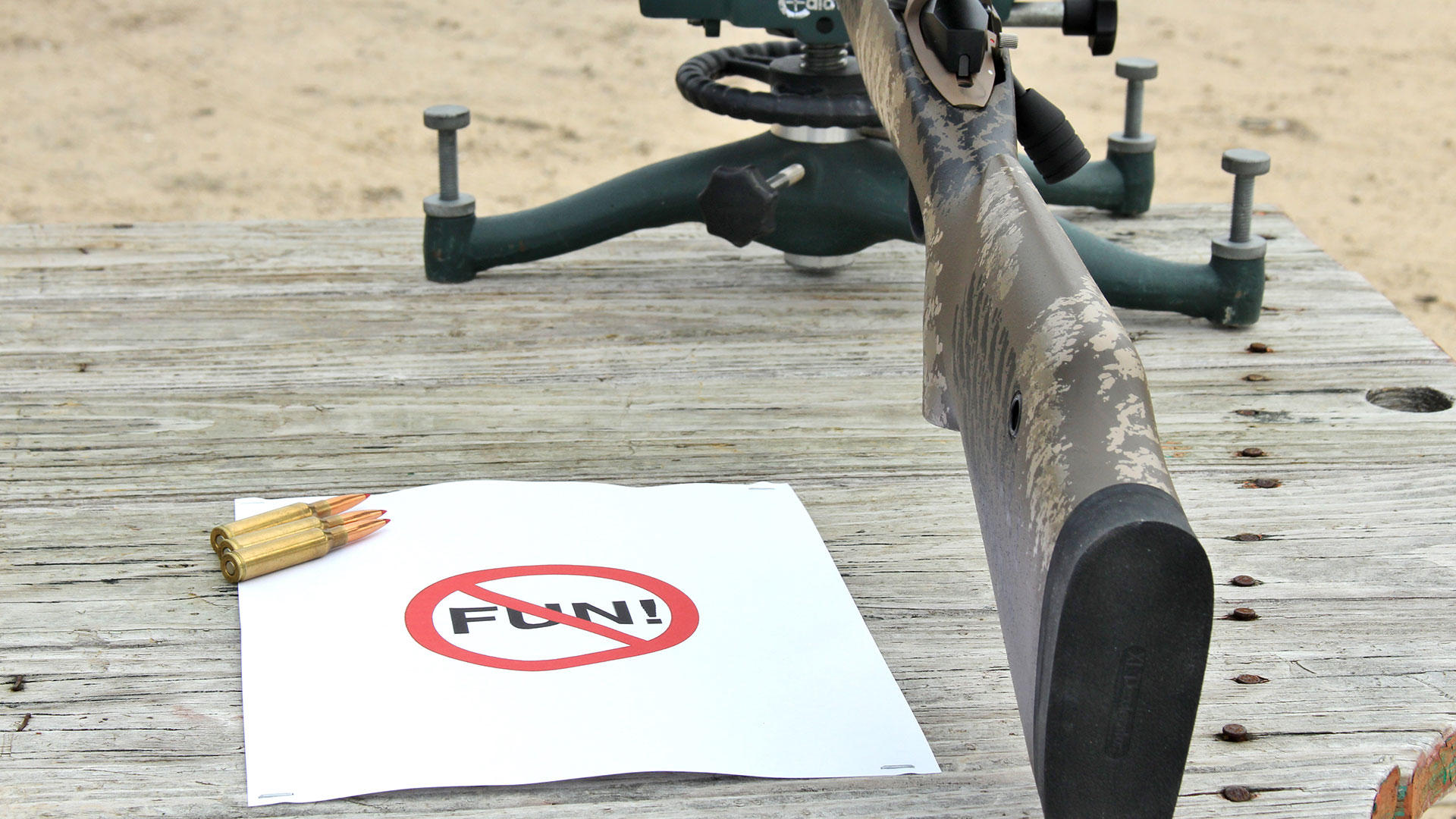
A shooting range should be a relatively simple operation, right? After all, what does one really need other than a good hill of dirt and perhaps a place to hang a target? Well, since you clicked on this article, you likely already know the answer to these questions. Perhaps you even have your own horror stories. The truth is, a tremendous amount of work and organization goes into a quality shooting facility, and not all are created equal. In fact, I have been to my share of poor facilities and would like to share what I consider to be the top five aspects that can destroy a potentially outstanding range or gun club.
Poor Attitude Towards Safety
While most of us know to keep our muzzle pointed in a safe direction, ranges often have other safety rules that simply must be obeyed at all times. Although they may vary from establishment to establishment, the folks in charge must take the participants' well-being seriously. Before I toe a new firing line, I inquire about the ceasefire procedure, as well as what the process is for taking a firearm on or off of the line. At a bare minimum, I’m looking for a “no handling when downrange” sort of reply. If I receive a blank stare from management, then I start to open my eyes a bit.
Check to ensure the range you plan on visiting has a specific system for calling ceasefires and closing the line for target maintenance, as well as ensure that it is clear to everybody. Each member needs to understand and obey these rules, and there must be a system of disciplinary action in place for those that violate. Should you encounter a facility where the members aren’t safe and the management doesn’t seem to care, it's probably not a bad idea to seek out other venues.
Large Maintenance Intervals
Marksmanship facilities require a lot of work to remain up and running. The funny thing about shooting something is that, eventually, it needs to be repaired and replaced. This applies to wooden backer boards, steel targets and even the structures that support them. Missing or unusable target systems are more than just an inconvenience, they pose a bit of danger as well. Often these targets are placed in a fashion that is designed to keep shots inside of the range. Without them, people may get “creative,” and that has potential for catastrophe.

Aside from targets, roadways need to be repaired or created, as well as any structures that are subject to deterioration. A few inches of ice can make a facility impassable, as can the smallest piece of fallen timber. Find out if your club organizes group work meetings and see how you can be a part of them. Typically referred to as “work parties," they are a terrific opportunity to meet other members, and you’ll get to enjoy the fruits of your personal labor.
Overbooking
Ranges and clubs need to generate enough revenue to stay afloat and maintain a surplus to take care of the aforementioned repairs. However, if a facility is booked to the gills with special interest groups, you are going to find it hard to develop any sort of regular training routine. The best places only rent out a portion of the grounds at a time, leaving the other areas open to the members or the public. Outstanding facilities post a calendar and have a minimum notice requirement for groups to book a private day. Before signing on, be sure to look for these things and also inquire if there are any “blackout” dates where the range is guaranteed open. That will make planning a trip exponentially easier.

Privacy vs. Desolation
If you are like me, you enjoy a bit of solace when you are shooting. I find a certain clarity of thought when I can press the trigger and log a DOPE chart without having to carry on a conversation. However, if getting to that moment means being hours away from basic amenities, I tend to find other places to shoot. Now, I don’t need much to get by, so that list is pretty short: a hospital, fire department and police station. Should something unfortunate happen, such as a serious trip and fall, I want to be able to get medical attention with as little effort as possible.
Should a round ignite some vegetation on a dry day, I’d like to know that I can get assistance putting out a brush fire before it becomes something far more uncontrollable. Lastly, if the wrong sort of people show up, I want to be able to alert the proper authorities and for them to be able to intervene before the perpetrators have time to vanish. You laugh, but I used to visit a state game lands range that was shut down for terrorist training activity, to include the detonation of an IED.
Over Restrictive
It’s a free country, and every facility has the right to operate as they see fit. Just make sure you see it that way, too. In your journey, you’ll find that many ranges have arbitrary rules that just might be too prohibitive for the specific types of training you wish to conduct. For instance, there are facilities out there that do not allow drawing from a holster, making it tough for the CCW holder to get their rounds in. Other ranges limit the amount of ammunition that you can have in a magazine, hindering tactical practice and even some standard match routines.
As I type this, I can recall a time when I visited an outdoor range with my entire service rifle kit, only to be met with a new rule that read "benchrest shooting ONLY." If a range gets too carried away, it eventually becomes difficult to practice multiple disciplines on the same day and gets an instant disqualification from the time-conscious individuals who need to capitalize on their precious hours.
In closing, if you belong to a club or frequent a public range that you care about, keep an eye out for some of these hindrances. Many of them exist solely because the owner is not aware of them while others might need a little bit of volunteer work to correct (don’t be afraid to roll up your sleeves). Private clubs are only what the membership makes of them and public ranges will only operate to the level of satisfaction determined by its clientele. Ultimately, you determine both.












